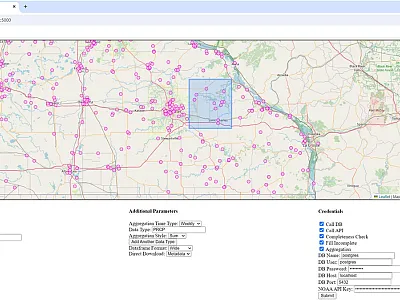How Reliable Is Your Data? Common Mistakes to Avoid in the Field, Greenhouse, and Lab
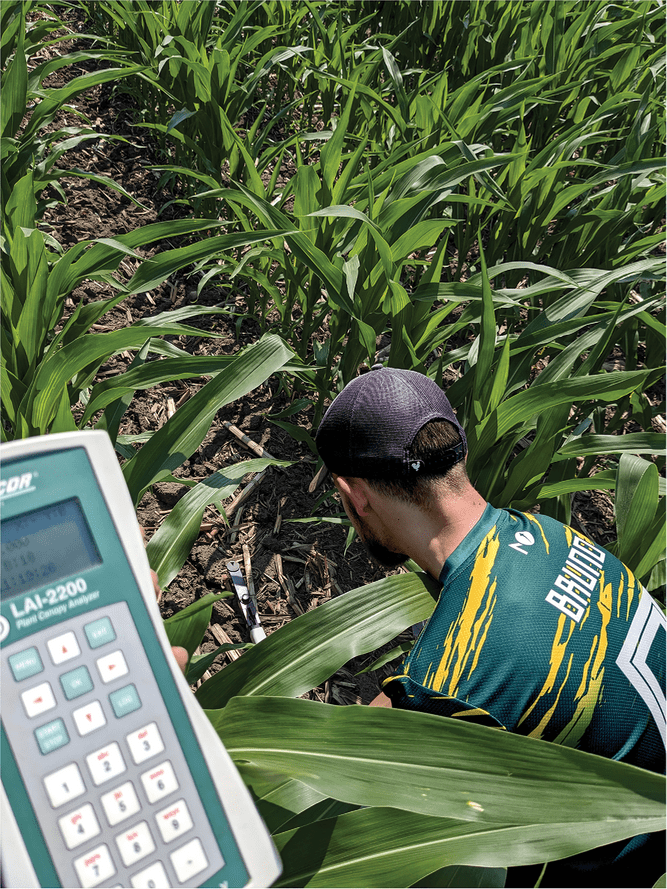
Even minor errors in data collection can distort results, leading to misleading conclusions. Collecting samples and data is a crucial step when conducting research, and it is critical to anticipate possible sources of error that can throw your entire research off course. Assuming you already have a well‐defined research question and have chosen appropriate data collection methods, this article explores some common mistakes that can happen in the field, greenhouse, and lab as well as best practices to safeguard the integrity of your research.
Field
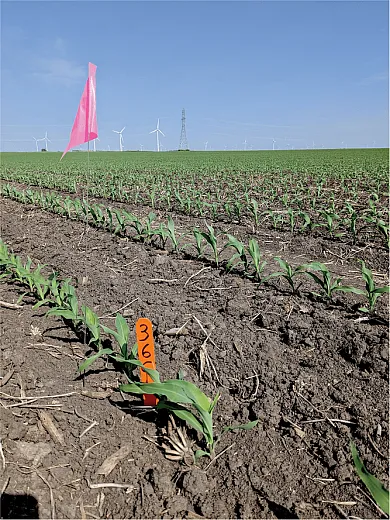
Common Errors
Neglecting equipment calibration: Imagine you have two devices to get chlorophyll values from your experiment. Beware of inaccurate readings! Not calibrating your devices, whether it is one out of two or both, can skew your data significantly. Calibrating will help you to verify that both devices are giving you the same range of values.
Personal bias: Knowing the treatment details (for example, high versus low nitrogen) when sampling can unconsciously influence plant selection. For instance, when collecting samples from high‐nitrogen plots, you might unknowingly favor taller plants, assuming they represent better growth due to the treatment.
Contamination risk: University trucks are often used for various purposes and pose a significant threat to sample integrity. Fertilizer, pesticides, and other chemical residues might linger in the truck bed, contaminating sensitive samples if not properly handled.
Selecting sampling areas that are not representative: Choosing unrepresentative sampling areas can skew your data and mask the true effect of the factor you are evaluating. Instead, it may capture the influence of other variables.
Mixing samples: During busy and hot sampling days, the temptation to quickly complete fieldwork is understandable. However, rushing can result in mixed samples. This compromises the integrity of your entire study, leading to unreliable and potentially misleading results.
Rough handling: Damage to plant tissues can affect subsequent analyses. For example, if some biomass samples are exposed to sun for longer than other samples from the same field trial, systematic bias can be introduced into the data, impacting the validity of your findings.
Improper labeling: Missing crucial information on sample labels can create major confusion later, potentially jeopardizing your entire study. It is tempting to quickly write down just the field name and sampling point ID. However, this seemingly minor shortcut can lead to later confusion when you try to differentiate samples based on date, type, treatment group, or collector.
Delayed data entry: Leaving data entry for later significantly increases the risk of errors and lost information. Record data promptly while details are fresh in your mind to ensure the accuracy and completeness of your research.
Best Practices
Protocols: Test your equipment before the actual data collection, so you can create protocols and include a step for verifying that the equipment (sensors, scale, etc.) is calibrated and working fine. Consult experts in the area and establish protocols for sample collection, handling, and preservation for the specific variables of interest that you are analyzing.
Blind sampling methods: If feasible, consider implementing blind sampling methods, where the collector does not know the treatment details, to minimize bias.
Prevent contamination: Implementing thorough cleaning protocols prior to transporting samples can significantly mitigate the risk of contamination.
Be aware of field history: Discuss the field’s management history with the farmer or superintendent. This information can help you select representative areas and design sampling protocols that account for past management practices, minimizing sampling error and ensuring your data accurately reflect the impact of the factor you are studying.
Proper labeling: Take the time to use clearly labeled containers and carefully handle individual samples. Plan ahead and allocate sufficient time for organized collection and storage. By prioritizing meticulous sample handling, you ensure accurate data and valuable scientific insights.
Greenhouse
Common Errors
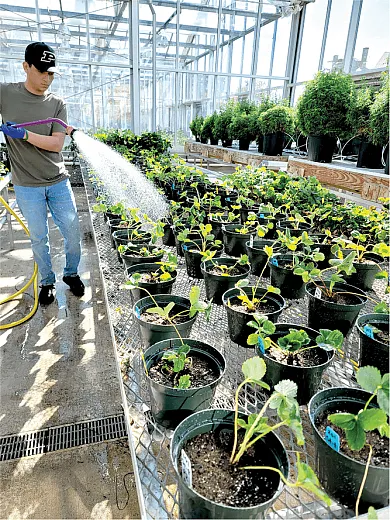
Relying on direct sunlight: Ensuring sufficient light duration is crucial for plant growth. Rather than soley relying on direct sunlight, artificial lighting is necessary to guarantee consistent light levels even on cloudy days or when shaded by nearby trees or buildings.
Not adjusting photoperiod: The photoperiod is important when plants (especially the photoperiod‐sensitive ones) are grown from seed to seed. Some crops like soybean and rice may only induce flowers once they have reduced photoperiod at their late vegetative stage. Therefore, adjusting the photoperiod is important until the experiment is limited to its late vegetative stage.
Exceeding optimum temperature: During summer months, greenhouse temperatures can often rise above the set point by 5–10°C. Without adequate ventilation, plants exposed to prolonged periods above their optimum temperature may experience stunted growth, altered leaf shapes, and delayed or reduced flowering.
Miscalculations of inputs: Greenhouses often rely on concentrated stock solutions of fertilizers or nutrient additives. Dilution calculations are crucial to create final solutions with the desired concentration for plant application. Miscalculations could lead to solutions that are either too concentrated or under‐concentrated, impacting plant growth and study outcomes.
Inaccurate relative humidity: Relative humidity influences the plants’ water balance and photosynthesis. Above the optimal levels it can cause a reduction in transpiration rate, negatively affecting plant growth and leaf development resulting from impaired nutrient assimilation.
Inadequate isolation or sanitation practices: Pest and diseases can hinder the effect of the intended treatments. Also, when tools and equipment used for different treatments are not properly sterilized between uses, they can transfer pathogens between plants and potentially invalidate the experiment.
Best Practices
Test run: A test run can help you to be aware of potential challenges and errors. Calibration or optimization of any newly used machine or protocol may be performed during the test run.
Check units: Double check the appropriate unit (degree Celsius/Fahrenheit) when setting up the growth chamber and greenhouse.
Additional control: Install additional sensors to control and/or monitor photoperiod, temperature, relative humidity, etc. to minimize manual work and get reliable results. In some cases, installing movable sunblock can help eliminate excess sunlight and heat inside the greenhouse.
Ensure optimum water conditions: Water is crucial for plants’ survival. Manual irrigation is commonly used in most greenhouse studies. Besides watering the pots, pots can be in trays containing about 1–2 cm of water to avoid water stress while minimizing manual irrigation.
Maintain optimum relative humidity: Well‐equipped greenhouses and growth chambers are generally capable of maintaining higher relative humidity. A portable humidifier may be a good option if the desired level is not reached. Additionally, trays with normal water can help reach the desired humidity in the greenhouse and growth chamber. On the other hand, adequate plant spacing, well‐drained floors, moving air, and venting moisture may help to reduce the humidity.
Avoid contamination: Application of pesticides is highly recommended before and after the study. In a shared workspace, special care must be taken as this can harm the study of other researchers. Finally, sterilize tools and equipment thoroughly between uses with appropriate disinfectants.
Laboratory
Common Errors
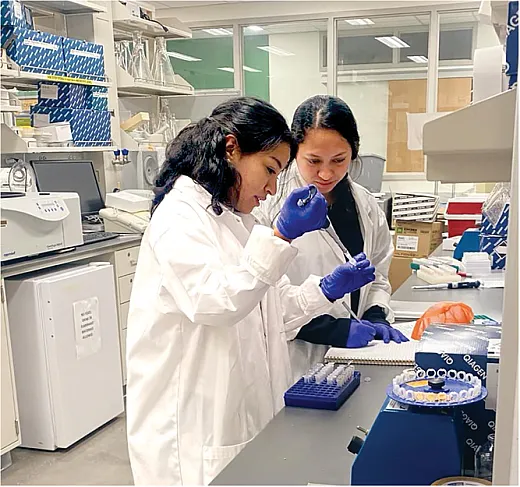
Inadequate safety precautions and equipment use: Lack of training or understanding of laboratory apparatus can lead to errors or accidents. Failure to wear appropriate personal protective equipment and failure to comply with laboratory safety guidelines can also cause injuries.
Failure to plan: Not having a clear understanding of the experimental design or potential variables, or not preparing the necessary materials in advance, can waste time and resources. Procrastination or rushing through procedures can lead to errors and lower the quality of your experimental work.
Calibration and validation of equipment: Laboratory equipment needs to be serviced and calibrated regularly. Failure to do so can result in faulty readings or malfunctioning of equipment during experiments.
Reagent and chemical handling: Failure to comply with instructions for using chemicals and reagents can cause errors in experimentation. Mishandling chemicals can result in spills, contamination, or even dangerous chemical reactions.
Pipetting inaccuracies: Inadequate volume measurements, improper mixture of reagents, and incorrect pipetting technique can cause inaccurate results.
Best Practices
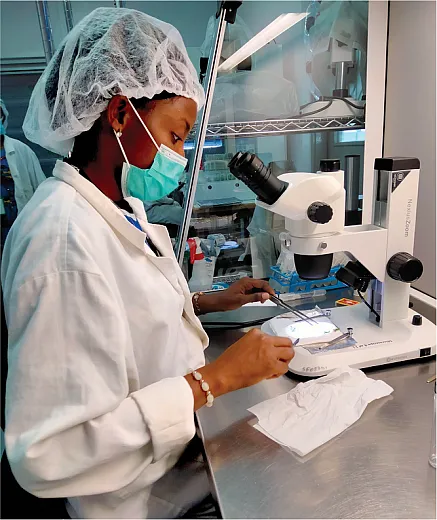
Following instructions: Always prioritize your safety and that of your workers by adhering to instructions. Wear appropriate personal protective equipment, be aware of potential hazards, and follow instructions for equipment and reagents.
Plan and prepare: Before starting a laboratory experiment, have a clear plan of what to do. Understand the experimental design and allocate time wisely to ensure that procedures are carried out efficiently and effectively. Properly calibrate and maintain equipment, gather all materials and reagents, and review all procedures before diving into an experiment.
Proper communication: If you are working as a team, maintain clear and open communication, share information, ask questions, and seek validation. Effective communication reduces the chances of errors or misunderstandings, promotes collaboration, and improves knowledge sharing.
Proper documentation: Keep a detailed record of your procedures, data, and observations to help track your progress, analyze results, and replicate experiments if need be.
Proper pipetting techniques: Calibrate your pipette and practice proper pipetting techniques until you are confident with its usage. This is to ensure accurate and precise volume measurement and accuracy in results. Avoid homogeneity by mixing adequate volumes of reagents thoroughly.
In this article, we shared some of the common errors in the field, greenhouse, and lab as well as good practices to avoid them. Have you experienced some of them? Can you think of more common errors or best practices that you would like to share? If so, please share them with us! Feel free to send your suggestions, comments, and questions to Ana Morales‐Ona (aona@purdue.edu). We will be happy to work on an updated and improved version of this article.
CONNECT WITH US!
If you would like to stay up to date with the ACS Graduate Student Committee, learn more about our work, contribute to one of our CSA News articles, or suggest activities you would like us to promote, watch your emails and connect with us on Twitter, now called X, (@ACSGradStudents), Facebook (ACS.gradstudents), or visit: agronomy.org/membership/committees/view/ACS238/members, crops.org/membership/committees/view/ACS238/members, or soils.org/membership/committees/view/ACS238/members.
Text © . The authors. CC BY-NC-ND 4.0. Except where otherwise noted, images are subject to copyright. Any reuse without express permission from the copyright owner is prohibited.




